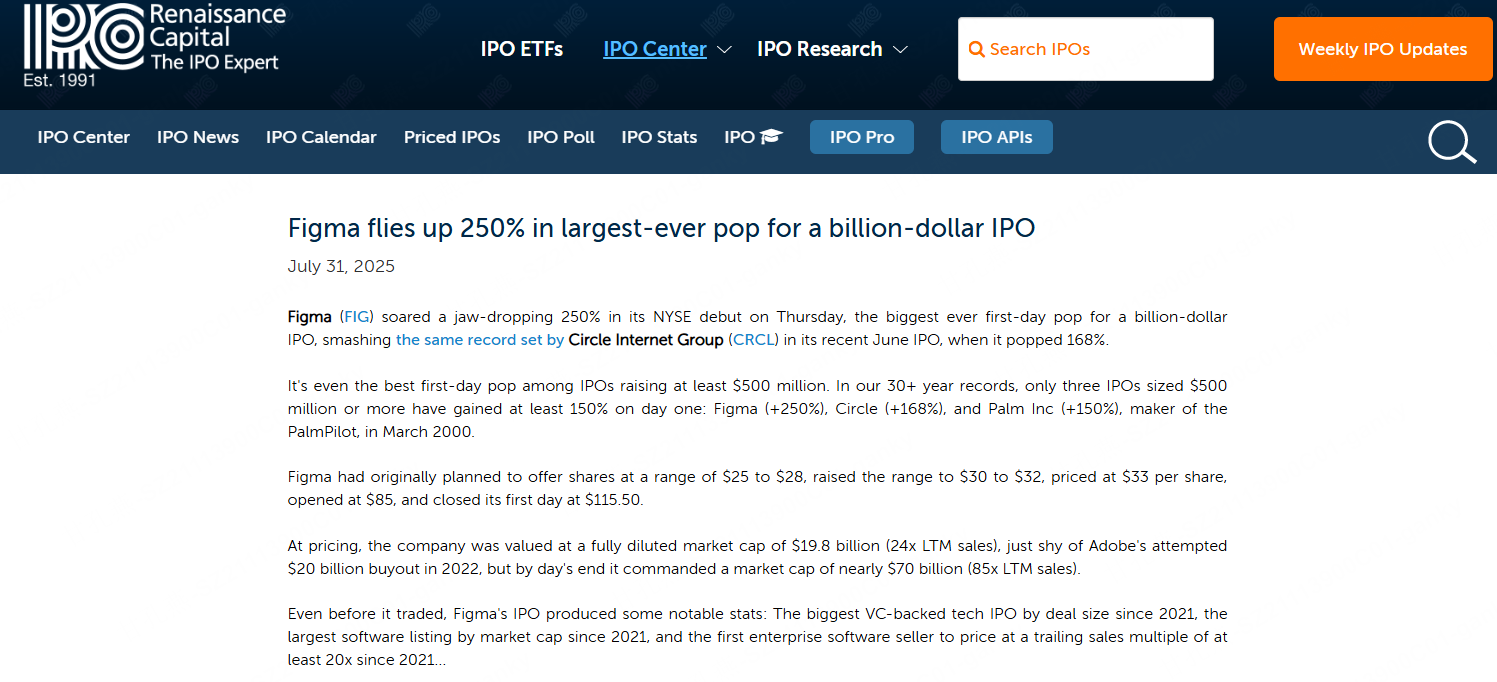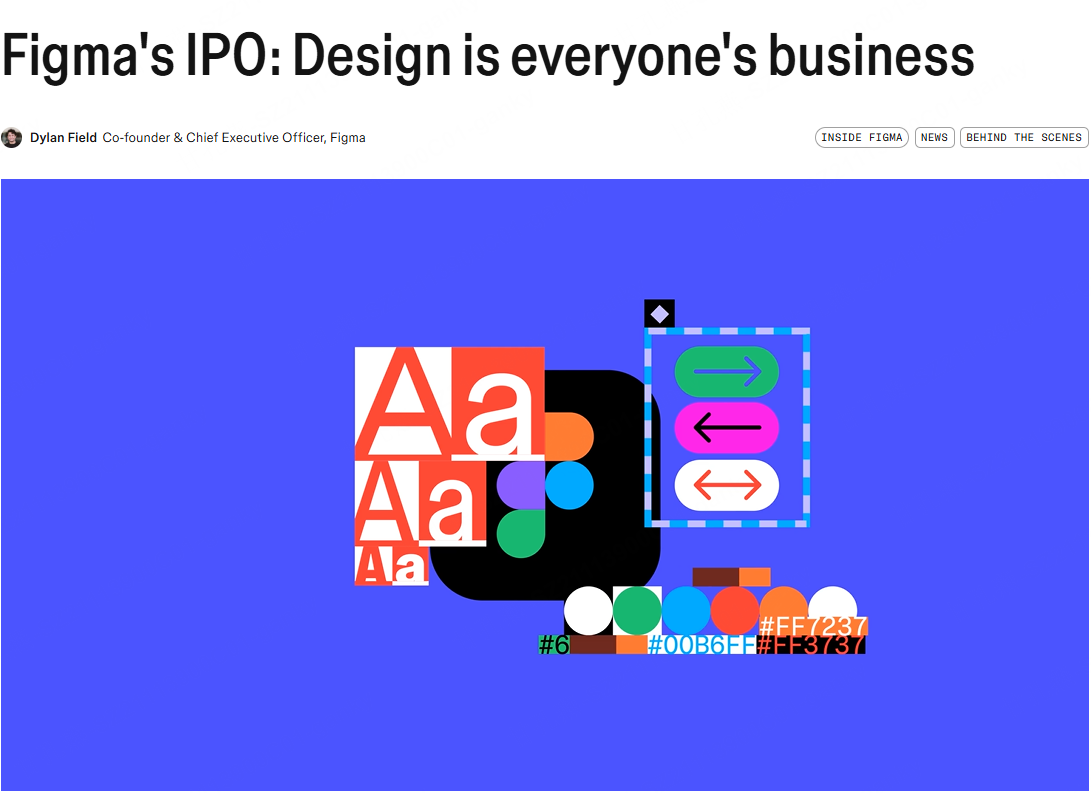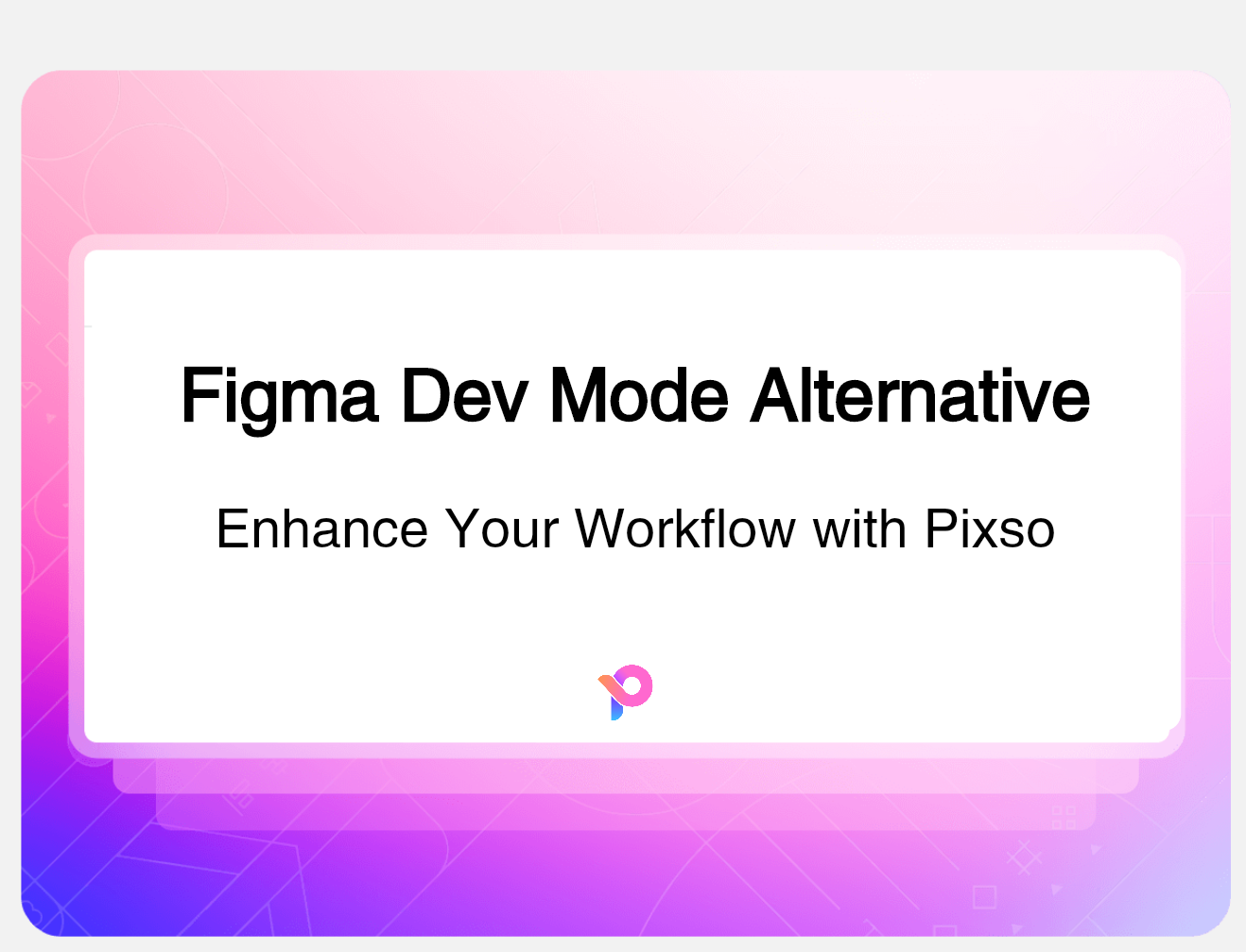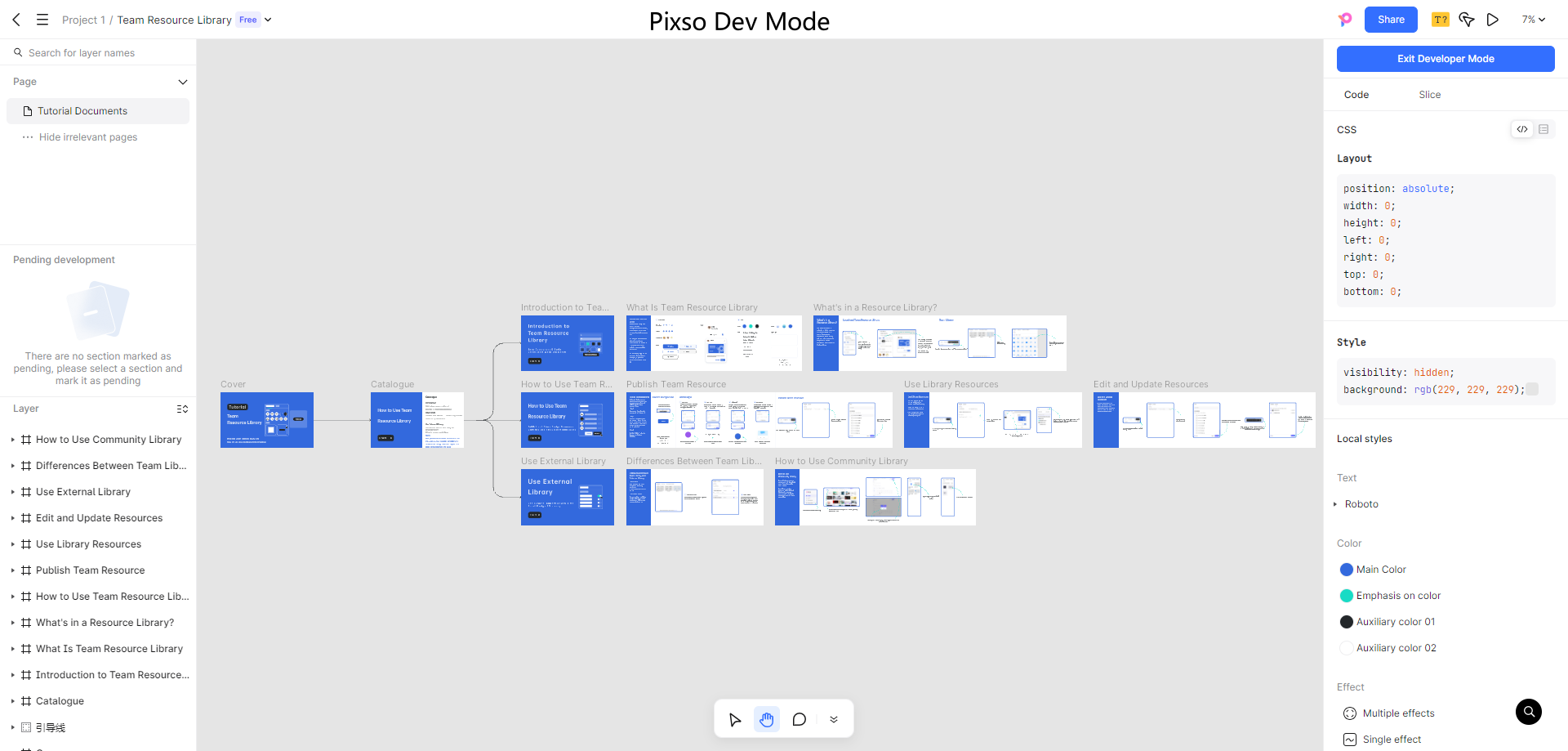On July 31st, Figma made its long-awaited debut on the New York Stock Exchange under the ticker symbol FIG. The event sent ripples through both the design and investment communities, with the company’s stock price skyrocketing over 250% on its first day of trading, pushing its market valuation to an astonishing $56.3 billion.

Via: renaissancecapital.com
What Figma’s Historic IPO Really Means?
This moment marked more than just a financial milestone—it was a loud and clear signal:collaborative design has officially gone mainstream.

Via: figma.com
The IPO far surpassed the $20 billion valuation proposed in its previously canceled Adobe acquisition deal, and in doing so, it validated what many in the product and design world have known for years—design collaboration tools are not just useful; they are essential to how modern teams build and innovate.
But while Figma’s IPO captured headlines, it’s important to remember one thing: this is just the beginning.
The market has recognized the value of collaborative design, but the space is far from saturated. In fact, we’re entering a new chapter—one where speed, intelligence, and integration will reshape how we create, iterate, and collaborate.
figma-ipo-really-means
The Design Collaboration Market Is Now in the Spotlight
For a long time, design tools were used by a small group of professionals, often working in separate teams or even on their own. But that’s no longer the case, now design has become a shared process. It connects designers, developers, product managers, marketers, and stakeholders. Everyone is part of the conversation now.
Design work is becoming more collaborative and continuous
Instead of being locked away in static files, ideas now move freely. Feedback can be shared instantly. Teams can review and iterate in real time, no matter where they are. This shift has changed expectations. People want tools that help them keep moving, stay aligned, and get to better results—faster. They want everything in one place, without needing to switch between apps or wait for handoffs.
Figma’s IPO highlights the opportunity, not the finish line
Figma has proven there’s huge demand for modern design collaboration tools. But that success also points to something bigger: this market is still full of untapped potential. New workflows are emerging. Teams are becoming more diverse. The needs are growing—and changing fast.
There’s room for fresh ideas, smarter tools, and better ways to connect people. The spotlight is here, but the next chapter of innovation is just beginning.
The future belongs to tools that support integrated, flexible, and intelligent workflows. Figma's success helped make that future visible. Now, teams everywhere are asking: what else is possible?
Why the Next Wave of Tools Will Look Very Different
Figma’s IPO is a milestone, but it’s not the endgame. As teams continue to grow more global, more agile, and more cross-functional, the tools they rely on will need to evolve. The next generation of design platforms won’t just improve on what came before—they’ll rethink the experience from the ground up.
Several shifts are already shaping what the future of design collaboration will look like.
AI is reshaping how teams ideate, iterate, and deliver
Manual design work is giving way to smarter, faster processes. AI is helping teams generate layouts, organize content, and even suggest structure or interactions based on intent. This doesn’t replace designers—it empowers them to move quicker, explore more directions, and focus on higher-level decisions.
Designers want to spend less time setting things up and more time refining what matters. Platforms that embrace AI—not just as a plugin, but as a core capability—will unlock massive gains in productivity and creativity.
All-in-one is becoming the new standard
Jumping between tools to build wireframes, map user flows, and create interactive prototypes creates unnecessary friction. Modern teams are looking for one place to manage the full workflow—from idea to handoff.
The future belongs to platforms that combine visual design, flowcharts, mind maps, prototypes, and feedback into one seamless experience. Less context switching, fewer subscriptions, and tighter collaboration. This is where many traditional tools still fall short—and where new players have an edge.
Pricing and accessibility still matter
Figma’s success story proves there's demand for powerful tools, but not all teams can—or want to—pay enterprise-level prices. Startups, freelancers, educators, and nonprofits still need access to professional design tools without hitting budget walls.
In this next chapter, flexibility and fairness in pricing will play a bigger role in product adoption, especially as design becomes more inclusive and team-wide.
Enter Pixso: The All-in-One Design Tool for Collaborative Design
These changes aren’t just theoretical—they’re already happening. Pixso is one of the platforms leading this shift.
Built as an all-in-one design collaboration tool, Pixso combines interface design, prototyping, flowchart creation, and visual thinking in a single workspace. It’s fast, intuitive, and backed by AI that supports designers at every stage. Whether you're mapping a user journey, designing a UI, or pitching a prototype to stakeholders, Pixso keeps your workflow connected and your team aligned.
At Pixso, we’re not just watching this change happen. We’re building for it.
Pixso’s Journey: Backed By Solid Teams & Fundings, Built for Creative Designers
Pixso’s journey began with a solid foundation. Its founding team originated from Edrawsoft, a widely used office diagramming software that reached over $60 million in revenue by 2020. In 2021, Pixso was incubated as an independent design brand within Edrawsoft’s ecosystem. Backed by its first round of funding in 2022, Pixso gained the resources to focus fully on product innovation and growth.
Since then, we’ve stayed committed to building a platform that unifies the entire product design workflow—from whiteboarding and UI design to developer handoff—all in one seamless, high-performance environment.
Now, we’re entering a new chapter.
Built for What’s Next: The Pixso 2.0 Vision
The upcoming Pixso 2.0 release introduces significant performance improvements and powerful new features, including:
- Full support for design variables, auto layout, component nesting, and path typography
- Sketch file compatibility, custom color systems, and enhanced developer view with feedback capabilities
- One-click code export, and even code-to-design visualization, enabling instant high-fidelity mockups from structured code
- Evolving AI capabilities such as intelligent design search and AI-powered layout generation.
— And far more than these.
These upgrades aren't just new features—they’re part of a long-term vision to make design faster, smarter, and more inclusive for teams of all sizes, across industries. As the spotlight shines brighter on design collaboration, we’re excited to offer an alternative that’s deeply thoughtful, technically robust, and ready for what comes next.
The Future Is Bright—and Just Getting Started
The design industry is entering a new era. As collaboration becomes more global, workflows more integrated, and tools more intelligent, creative teams everywhere are rethinking how they work together. The success of platforms like Figma signals a market that’s ready for bold innovation—and it’s clear the next wave of design tools will look very different.
We believe the future of design is not defined by any one company—it’s shaped by the growing needs of creative teams worldwide. The future of design collaboration has just begun, and Pixso is here to shape it and build it better.





